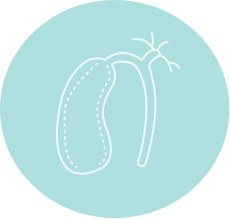

The Gastro-intestinal tract is a series of organs that start from your mouth all the way through to your back passage and are involved with processing food and your metabolism. The main component is a continuous hollow ‘tube’ that allows food to pass through. There are also organs next to this ‘tube’ that assist with the processing of food. After food is chewed it is swallowed and the oesophagus contracts in a coordinated way to push this down through your chest/diaphragm and into your abdomen. In the abdomen it enters the stomach organ which can distend to accommodate a large meal and process it into small particles in a process known as digestion. Once this has occurred, it passes through a valve (pylorus) which relaxes to let it enter the duodenum. Here the absorption process begins and this is aided by juices that are released by the pancreas and liver/gallbladder (bile) which have separate tubes entering the duodenum here. The spleen is an organ which does not have a direct involvement in the gastro-intestinal tract (rather the immune and blood systems) however in a developing foetus it originated from the same part as the stomach. The duodenum is the first part of the small bowel and it continues into the jejunum then to the ileum which are also classified as the small bowel. Usually there is around 4-6 metres of small bowel. At the ileocaecal junction in the right lower side of your abdomen the food passes through a valve to enter the colon (large bowel). The first part of the colon (caecum) has the appendix hanging off it. The contents gradually pass through the colon where absorption of mainly water and salts takes place, before it passes to the rectum and is allowed to be excreted as faeces through the anus.


FAQs
What are the specialised operations an Upper Gastro-Intestinal Surgeon performs?
These include surgery on the oesophagus, stomach, gallbladder, small bowel, pancreas, liver, adrenal gland and spleen. The reasons for the surgery are varied but include for pain, cancer, weight loss, inflammation, perforation and infection.
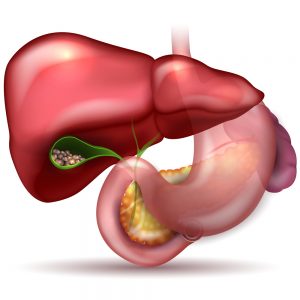

What types of Gastro-Intestinal Surgery does Dr Le Page perform?
The majority of the surgery I perform is on the Gastro-intestinal tract, and more specifically on the Upper Gastro-Intestinal tract. I have extensive experience and skill in laparoscopic/keyhole surgery, both elective and emergency surgery. Such elective operations include stomach surgery for weight loss, reflux, oesophageal and stomach cancer, gallstones, hernia, and small bowel/pancreas/spleen operations. I chose a sub-specialisation (through the Australian and New Zealand Gastro-Oesophageal Association ANZGOSA) particularly in surgery for weight loss, reflux, oesophageal / stomach cancer, gallstones and the spleen.


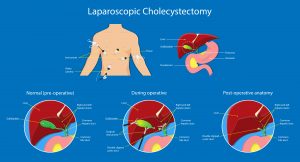



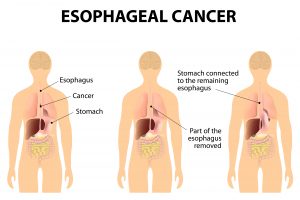

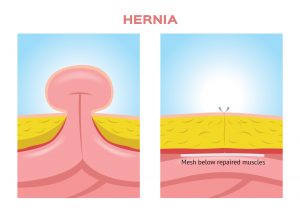

Emergency operations include common types such as laparoscopic appendicectomy for appendicitis, laparoscopic cholecystectomy for gallstones cholecystitis (infection of gallbladder) or pancreatitis, surgery for relief of bowel obstruction and acute hernia pain. I am proficient in managing an array of other emergency presentations including trauma.
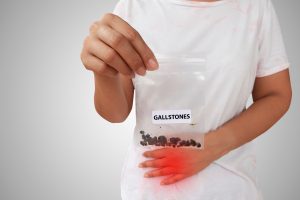

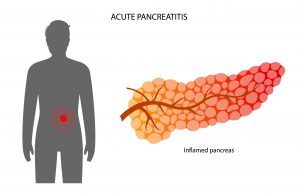

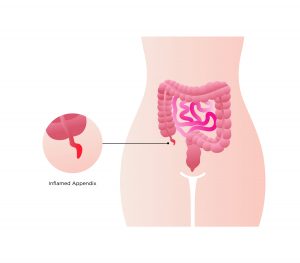



What is achalasia and what are the Heller myotomy and POEM procedures?
Achalasia is a rare disorder of the oesophagus whereby the usual co-ordinated propulsion of food by the oesophagus muscle is affected. This leads to usually a constant high pressure ‘spasm’ at the lower of the oesophagus which inhibits food entering the stomach and often means a patient struggles to swallow food. It also affects the ability of the oesophageal muscle along its length to contract strongly enough to push the food down. The exact cause remains unknown. Typically a laparoscopic/keyhole release of the spasm in the lower oesophageal valve is undertaken (called a “Heller’s myotomy”). POEM (per-oral endoscopic myotomy) is a newer procedure designed to release the valve internally down an endoscope. There are various advantages and disadvantages of each which should be discussed by a specialist proficient in each.


Dr Le Page has undertaken specialised training in each of these procedures.
What should I do now?
It is best to talk to your GP who will discuss with you about seeing an Upper Gastro-Intestinal Surgery specialist. You will need a referral from them to see Dr Le Page. You can choose a specialist of your choice in discussion with your GP. Dr Phil Le Page has performed many thousands of these specialised procedures and is specialised in this field and welcomes you to attend for a consultation.

